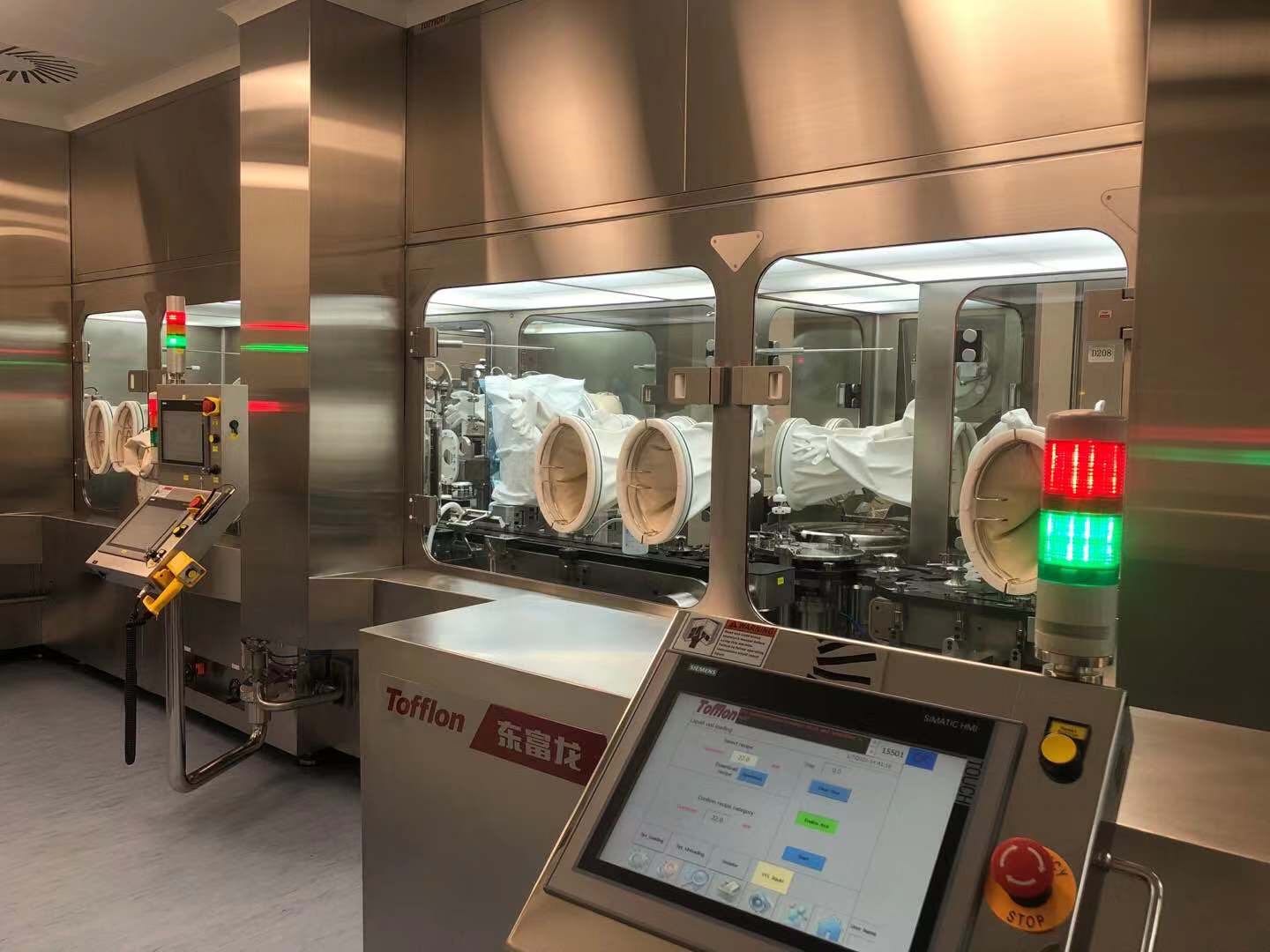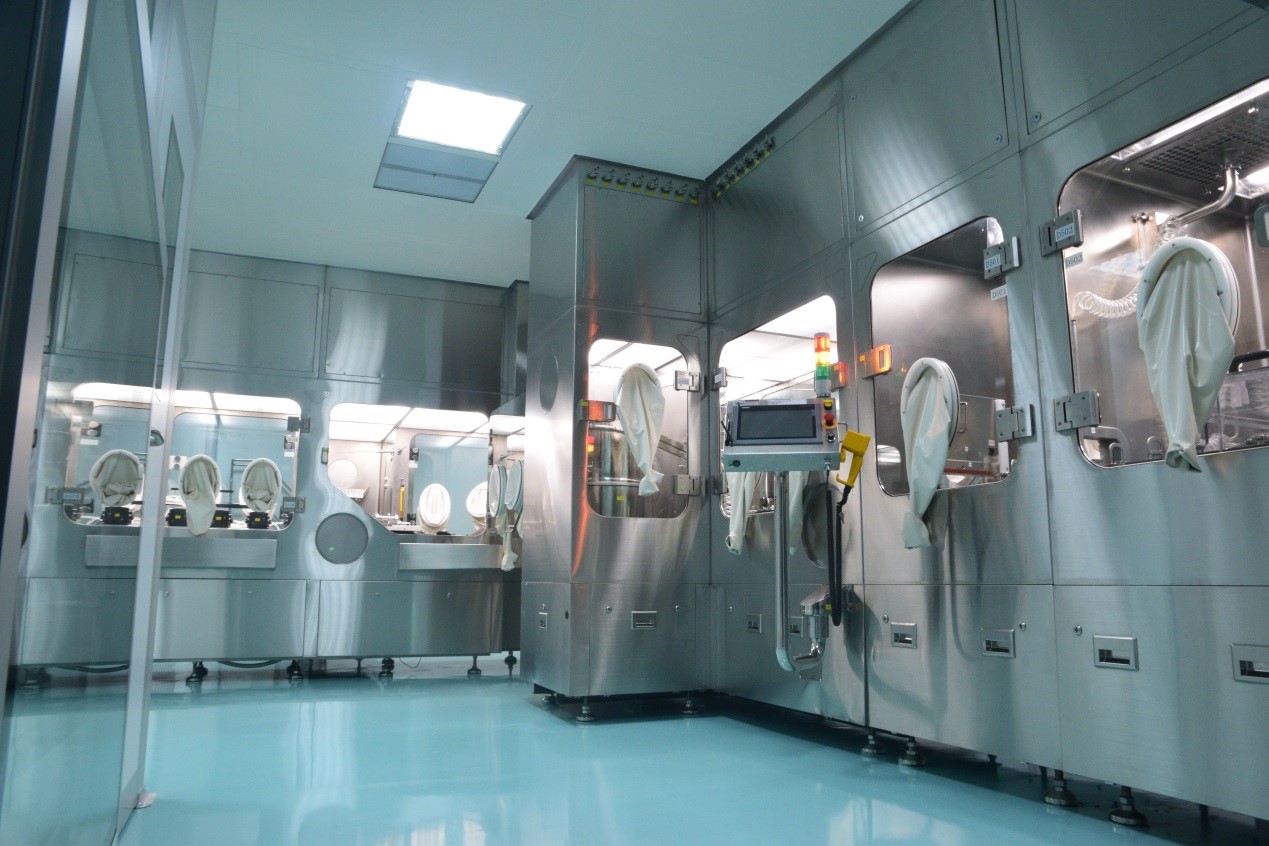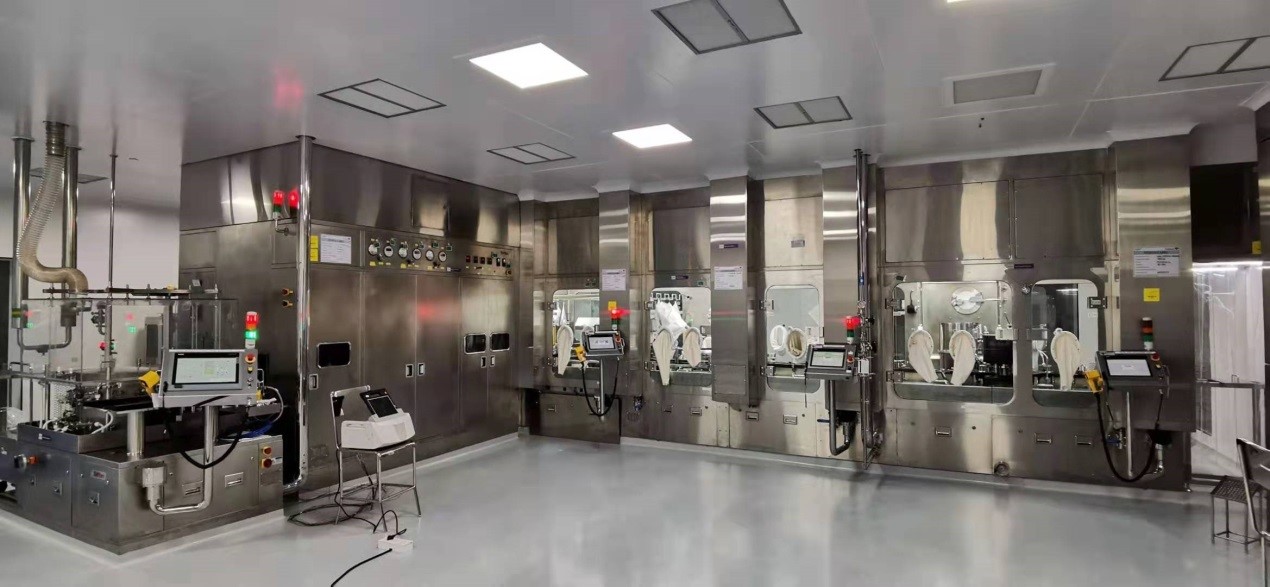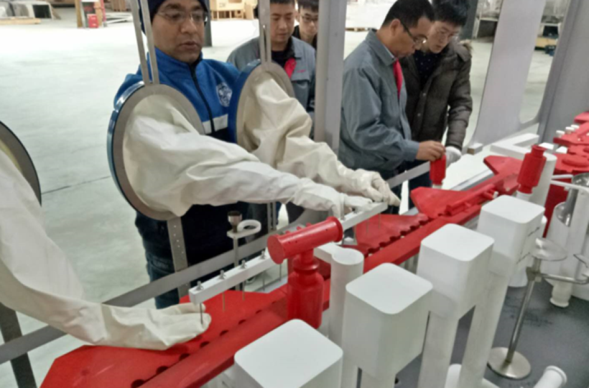Home > Events >CCS of Isolator Application for Aseptic Processing Based on Second Draft of EU GMP Annex 1
CCS of Isolator Application for Aseptic Processing Based on Second Draft of EU GMP Annex 1
On February 20, 2020, a new draft of EU GMP Annex 1 was finally released. Robotic technology, Barrier System, rapid microbial testing and monitoring systems, single use system are the trends of pharmaceutical equipment. CCS proposed in 2017 version is even more prominent in the new draft, which was mentioned more than 40 times in the full text.
What is
CCS?
Contamination Control Strategy (CCS) is defined as below according to the glossary on Annex 1:
A planned set of controls for microorganisms, pyrogens and
particulates, derived from current product and process understanding that
assures process performance and product quality. The controls can include
parameters and attributes related to active substance, excipient and drug
product materials and components, facility and equipment operating conditions,
in process controls, finished product specifications, and the associated
methods and frequency of monitoring and control.
CCS is not a complete new concept,which can be consider as the overall risk
assessment related contamination , and measures taken against containment
throughout the product life cycle. As a quality management document, CCS
emphasizes identification contamination risk of the facilities, equipment,
utilities etc. affect CQA in the design phase. Historical data of critical
parameters or records need to be reviewed, approved and evaluated for trends,
as a supportive information to improvement of CCS. CCS should be continuously
improved in aseptic process practice based on the QRM principles. CCS may be
already required by some inspectors although Annex 1 hasn’t been official
implementation.
Isolator is one of CCS for aseptic processing as we all known. Here list the things need to be considered as contents of CCS related isolator application:

The Quality of the Air in the Background Environment of
Isolator
The background of open isolator(e.g. filling isolator) should be designed based on risk assessment according to the latest draft of Annex 1. The factors that are usually considered for analysis are the pressure differential, the parts transfer methods, operator interventions and so on. ISPE guideline ( volume 3, 2018) gives some suggestion of this application, and LP/GAAS concept is given when RABS is used.

The Air Inside of Isolator
First Air coming from the HEPA is considered to protect
open products or critical parts that are sterilized inside of open Isolator.
The air speed need to be designed and monitored to ensure this protection. and
the air visualization studies need to be done in both at rest and in options.
Online environmental monitoring should be designed as one of CCS of isolator,
based on the risk assessment. The sampling locations, frequency and methods
need to defined in the CCS. Non-viable particles need to be continuously
monitored to capture the evidence of contamination caused by all interventions,
transient events and any system deterioration, the sampling location , sampling
flow rate and shape of the sample pipping need to be considered. Rapid
monitoring of viable method is promoted in the Annex 1 to reduce the
intervention of operator compared to traditional ways to reduce the
contamination caused by environment monitoring itself. Fast feedback of the
viable result can tell more information in the critical area for quick action.
The Integrity of the Isolator
Glove leakage test here mentioned in the latest version of
Annex 1 draft need to methodology demonstrated to be suitable for the task and
criticality. The minimum test frequency is mentioned as “…., at a minimum at
the beginning and end of each batch, and should include a visual inspection
following any intervention that may affect the integrity of the system. For
single unit batch sizes, integrity may be verified based on other criteria,
such as the beginning and end of each manufacturing session… ”
Preventive measures (including material chosen, testing,
cleaning/ disinfection, wear second glove and change frequency) should be
listed in CCS to avoid any failure of gloves in the production.
Isolator leakage test is vaguely mentioned in this draft. ISPE guideline have the description of the leakage test methods for isolator. In CCS, the leakage rate test method and criterial should consider the pressure design and background classification and the type of isolator. For most open isolator, leakage test of isolator normally be executed before VPHP cycle. If negative pressure is used for aseptic when containment closed isolator application, it makes sense to test the leakage of isolator after one batch.

Intervention of Isolator During Production
Interventions ( both inherent and corrective) in processing should be identified in CCS in the early phase of isolator design (before Mock-UP or DQ), with “ One batch end is one batch start” in mind, avoiding any unexpected operation especially transfer during production. A list of intervention is preferred to be prepared for Mockup, and airflow visualization studies accordingly. APS should also need follow this intervention list to simulate the process.

Decontamination of Isolator
A Cleaning procedure of isolator should be one topic in
CCS. The clean method should be designed based on the process. For example,
containment application, where WIP or CIP will be equipped in isolator for
cleaning. A suitable cleaning solution should be chosen according to the
product. Rinsing process also need to specified to use WFI or purified water in
certain temperature. Drying, temperature and humidity control should be also
considered for following sporicidal disinfection. The key parameters of
sporicidal disinfection (e.g. VPHP) should be defined in CCS and should be
verified, monitored , recorded and reviewed. Dead legs should be identified.
Special cleaning or manual disinfection may be required if some part or
surfaces is not exposed. It is necessary to consider the elimination of
moisture after the cleaning, and the temperature turbulence need to be aware
affecting the disinfection effect and the repeatability of the cycle.